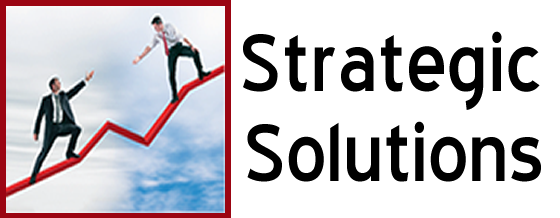Better Listening for Better Conversations
“Most people do not listen with the intent to understand; they listen with the intent to reply.”
-Stephen Covey
We know the old saying, ‘Always Be Selling,’ but we also know that key to that is active listening. We’re taught how to do that. We know the steps. We ask questions. We try not to talk too much. We nod in agreement. We maintain eye contact. All that stuff. It’s hard work, and can be pretty intense. After all, the bottom line is that we want to make the sale. We want to leave a good impression. So we practice.
We practice during a sales calls and meetings. We practice at network mixers.
Active listening and being a good conversationalist is not only reserved for salesmen, customer service and those who mingle in the company name. It’s for everyone, everywhere who has ever spoken with someone and has walked away feeling their conversation left something to be desired.
I can’t think of anyone who hasn’t gotten distracted speaking with someone, or thought they were wasting their time because they couldn’t get their point heard. We need to be in the moment. We need to be more mindful.
Great listening involves conversation. It’s know when to talk and when to listen. It means going into the conversation expecting to learn something new that’s worth remembering. A good conversation does not hinge on listening with the intent of finding an opening to promote your product.
Among the biggest challenges we face as listeners are:
- Learning when to speak and when to keep our mouths shut.
- Translating other peoples’ words into our own perspective
- Countering other peoples’ stories with similar ones of our own.
As a talk show host on National Public Radio, Celeste Headlee has a unique perspective on how conversations go south, and what we can do to fix that make them satisfying and productive experiences for all.
Listen, as she explains ‘How to Have a Good Conversation.’
